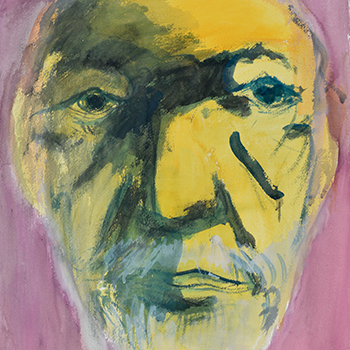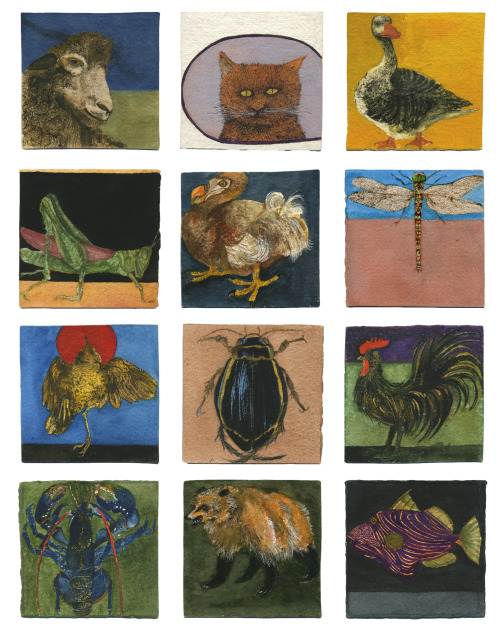Since the turn of the twenty-first century, the narratives that once structured the art world have been breaking down. Traditional hierarchies—between “high” and “low” culture, Western and non-Western art, professional and amateur—no longer seem particularly relevant. Today, the Renaissance Wunderkammer offers an alternative model for organizing the wealth of images and information that surrounds us.
Leonard Baskin’s figural humanism was out of sync with the formalist dogma that dominated the art scene in the 1950s and ’60s, but his approach is much in tune with the heterogeneity of today’s global art scene. The artist’s home, like a traditional cabinet of curiosities, was jam-packed with objects: paintings, drawings, etchings, small bronzes, casts of reptiles and crustaceans, skulls, dried pomegranates and lemons, dolls’ heads, medals, inlaid boxes, carpets, shells, thousands of books. Baskin collected not just objects, but influences. Rather than seeing himself as part of a specific modernist trajectory, he constructed an ad-hoc lineage from sources across all time. Sculpture, his first love, was gradually complemented by printmaking, book making and drawing. The various mediums fed upon and played off one another in much the same way as the artist’s visual influences.
Leonard Baskin: Wunderkammer, on view at the Galerie St. Etienne from April 23 through July 2, reconstructs the artist’s world. The exhibition is a comprehensive survey, comprising sculptures, watercolors, drawings, prints and books, installed in an approximation of Baskin’s domestic environment. Principal themes include “The Artist’s Family,” “The Family of Artists,” “Raptors, Crows & Other Birds,” “Flora & Fauna,” “Mortality & War” and “Religion & Mythology.”
(Image: From Leonard Baskin’s Miniature History, 1981-82, twelve watercolors on Whatman handmade paper. Private collection, © The Estate of Leonard Baskin.)


